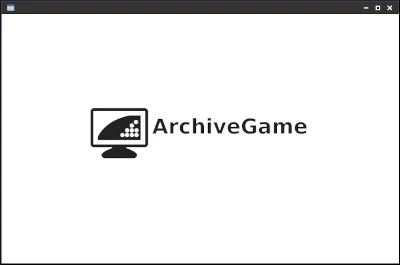Last Updated on: 25th December 2023, 12:59 pm
Web site: technet2.microsoft.com/WindowsServer/en/Library/695ac415-d314-45df-b464-4c80ddc2b3bc1033.mspx (not active)
Category: Others
Platform: Windows
License: Proprietary
Interface: CLI
Wikipedia: Interix
First release: March 29, 1996
Interix – a POSIX-conformant Unix subsystem for Windows NT operating systems.
Subsystem for UNIX-based Applications (SUA) is a source-compatibility subsystem for compiling and running custom UNIX-based applications on a computer running a Windows server-class operating system. You can make your UNIX applications fully interoperable with Windows in SUA with little or no change to your original source code.
Subsystem for UNIX-based Applications provides an operating system for Portable Operating System Interface (POSIX) processes. SUA, along with its package of support utilities (such as shells and a Telnet client) available for download on the Microsoft Web site, provides a complete UNIX environment. The download package includes a comprehensive set of scripting utilities, and a software development kit (SDK) designed to fully support the development capabilities of SUA and to provide a complete UNIX-based application development experience.
SUA also supports case-sensitive file names, job control, compilation tools, and the use of over 300 UNIX commands, utilities, and shell scripts. Because the subsystem installs separately from the Windows kernel, it offers true UNIX functionality without any emulation.
The goals when developing INTERIX were:
• To provide a complete porting and runtime environment to migrate applications source code developed on traditional UNIX systems directly to Windows NT. This meant going beyond the standards and specifications (e.g. providing X11R5) as well as providing more than one way to access functionality (e.g. determining the next available master pseudo-terminal).
• To provide true semantics for the system interfaces such that application source code would not need to change to account for “not quite UNIX” semantics.
• To ensure any changes made to the application source code should make it more portable (i.e. follow the standards) rather than less portable (i.e. using Windows NT specific constructs.)
• To ensure performance was not effected by an appreciable amount.
• To ensure that the Windows NT operating system’s integrity was not compromised in anyway (e.g. security).
• To integrate the INTERIX subsystem cleanly into the Windows NT world such that it was not “isolated” with respect to such things as data access and application or system management.
Interix was originally developed and sold as OpenNT until purchased by Microsoft in 1999.

